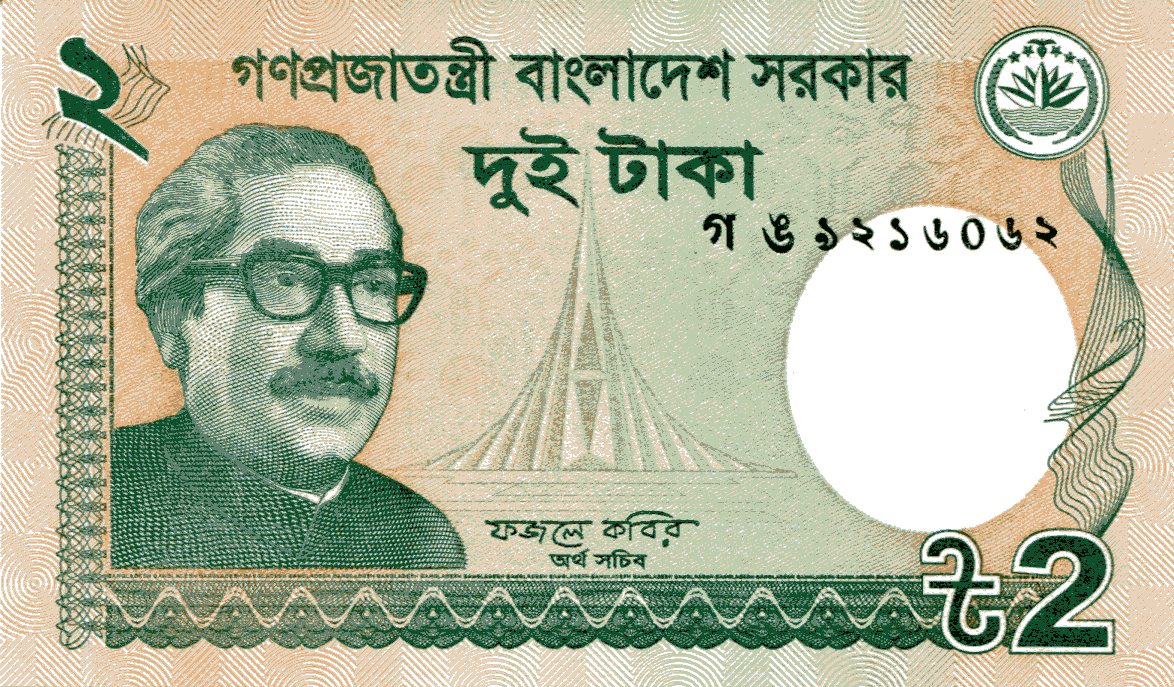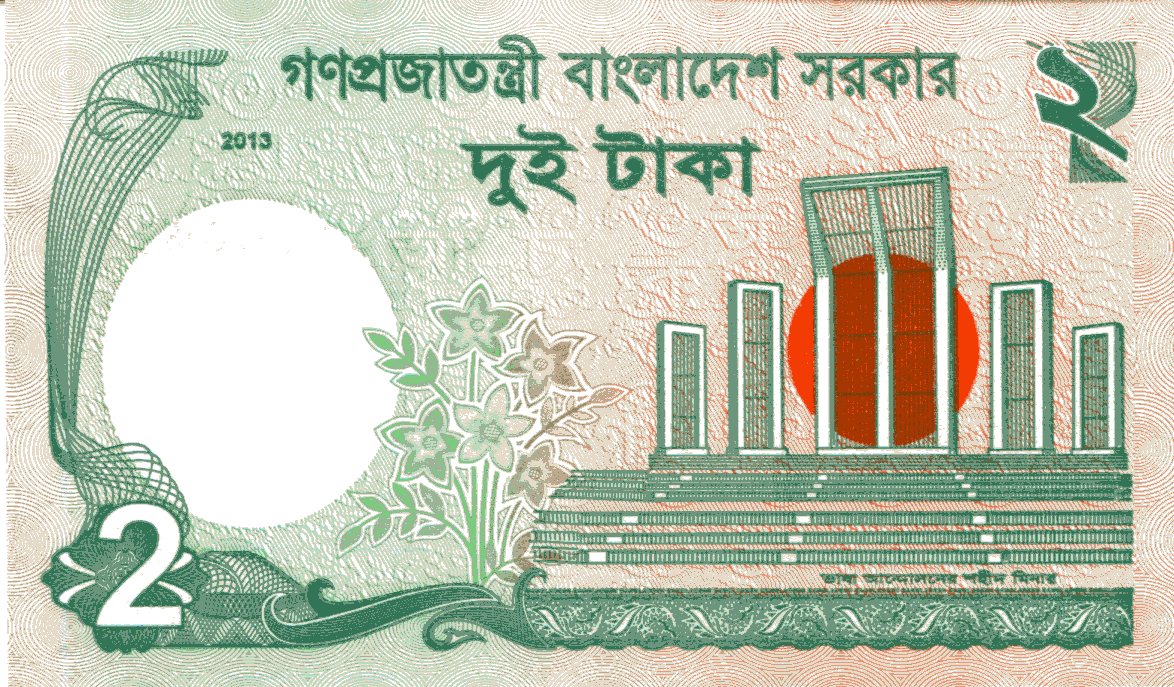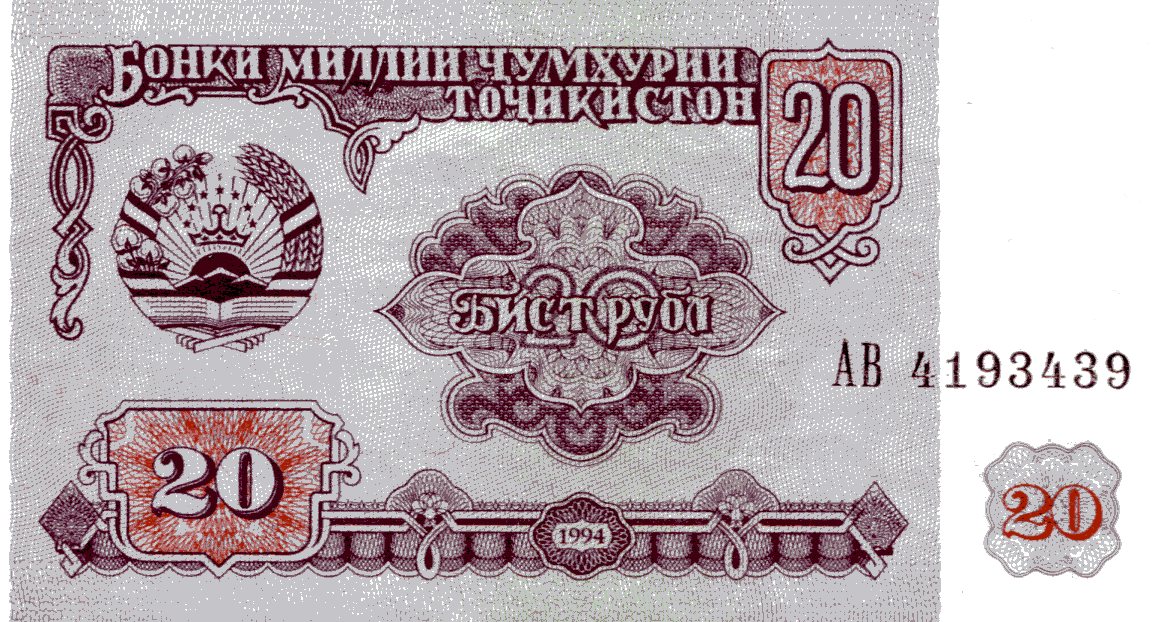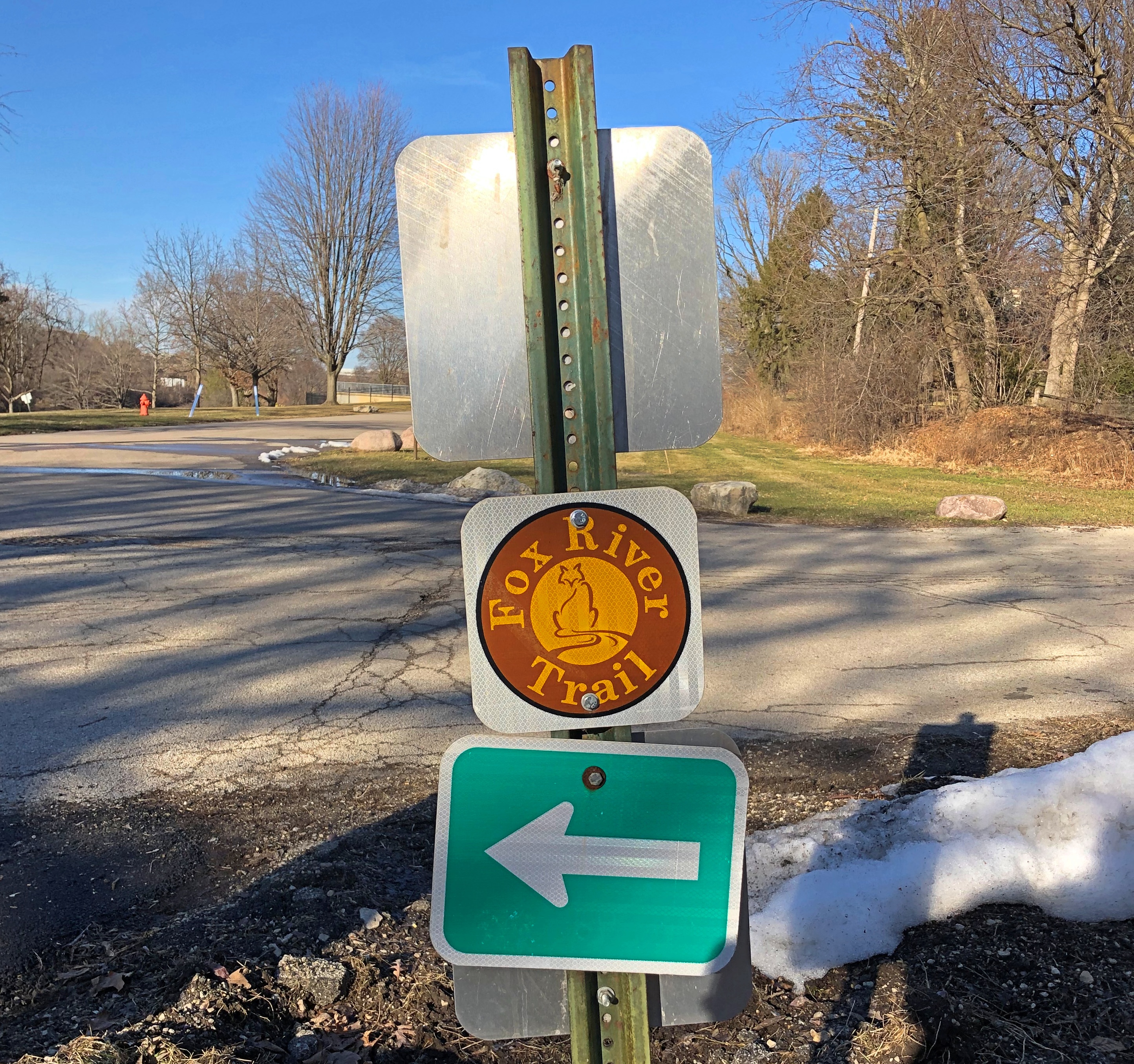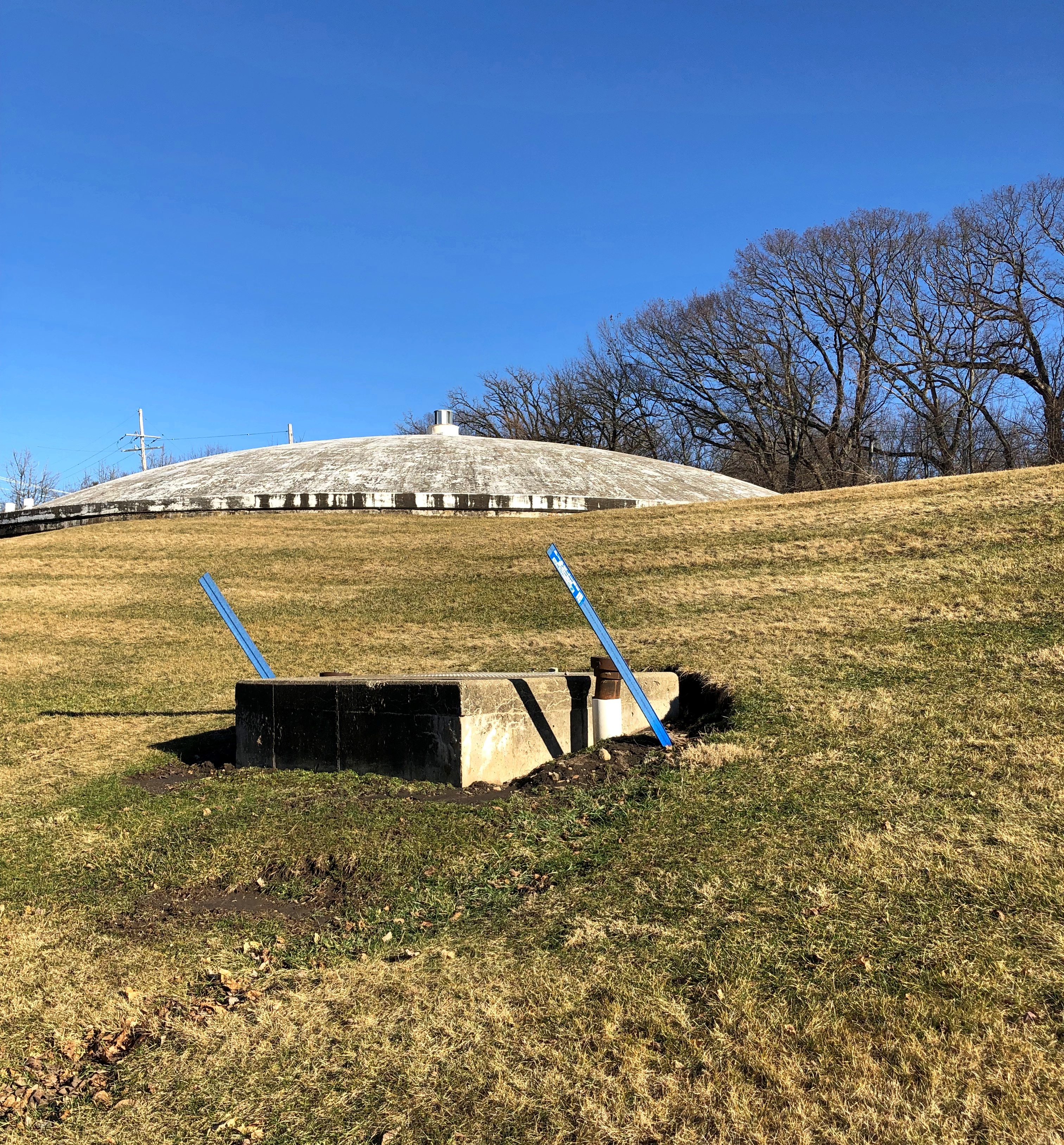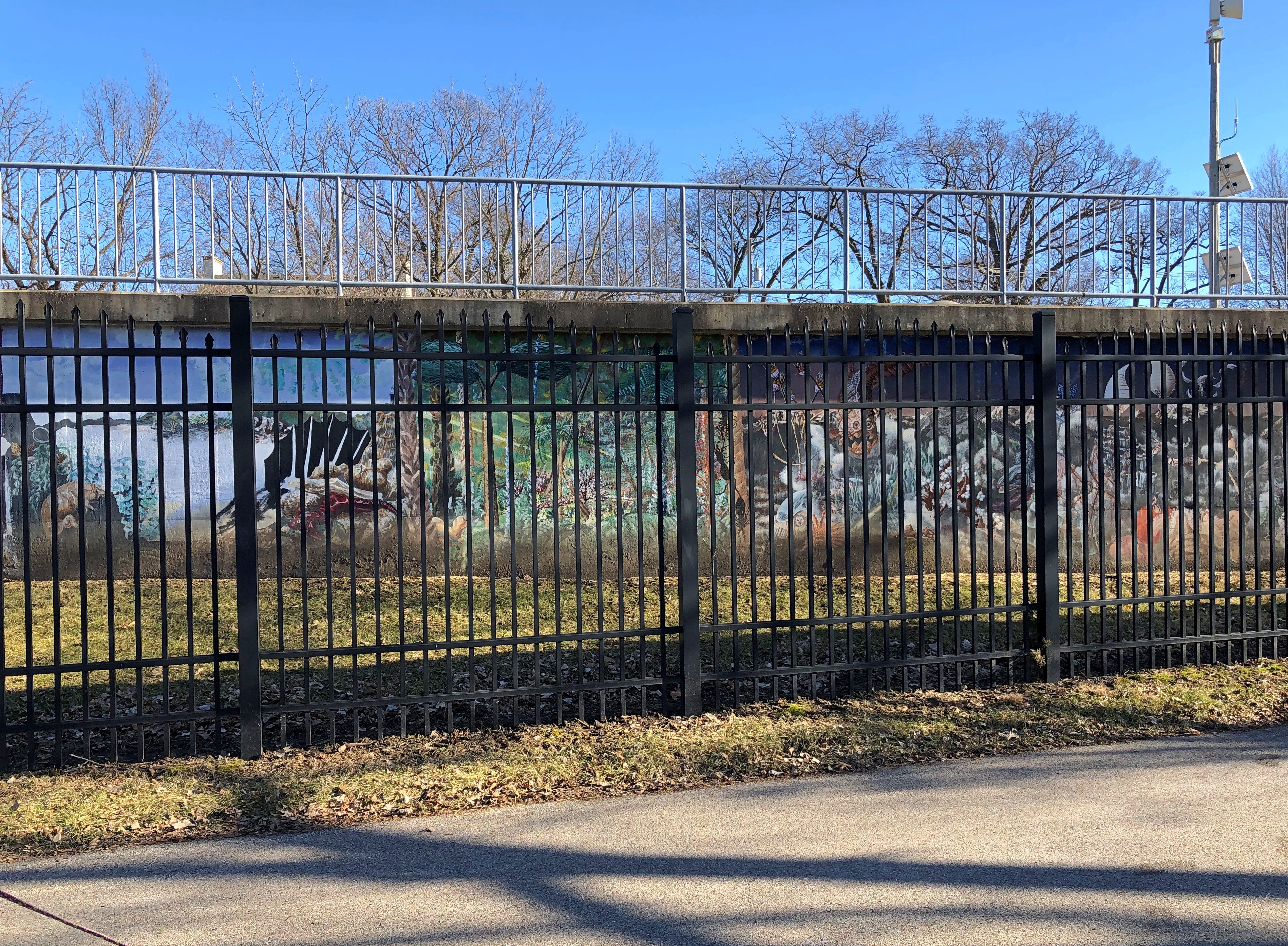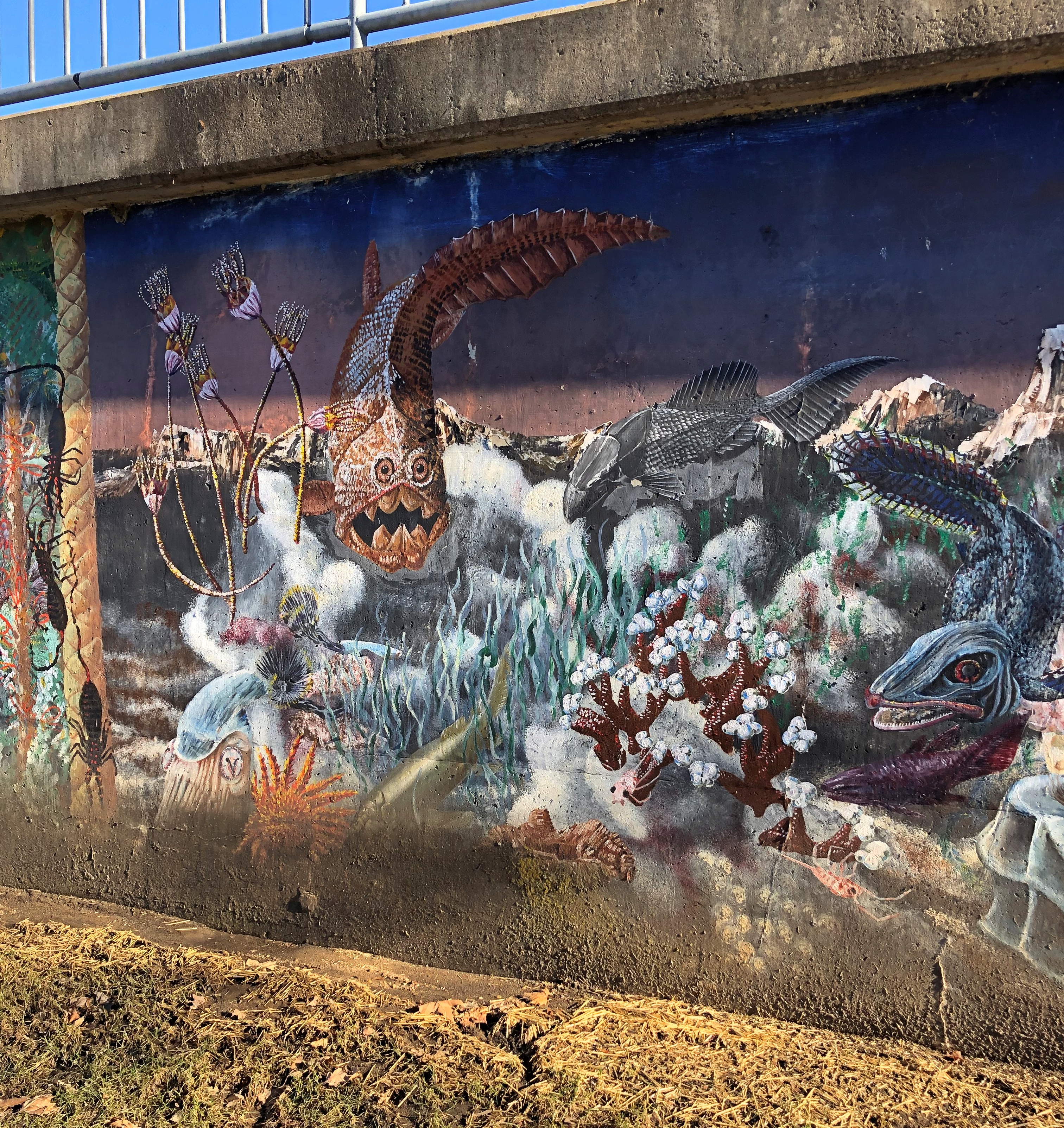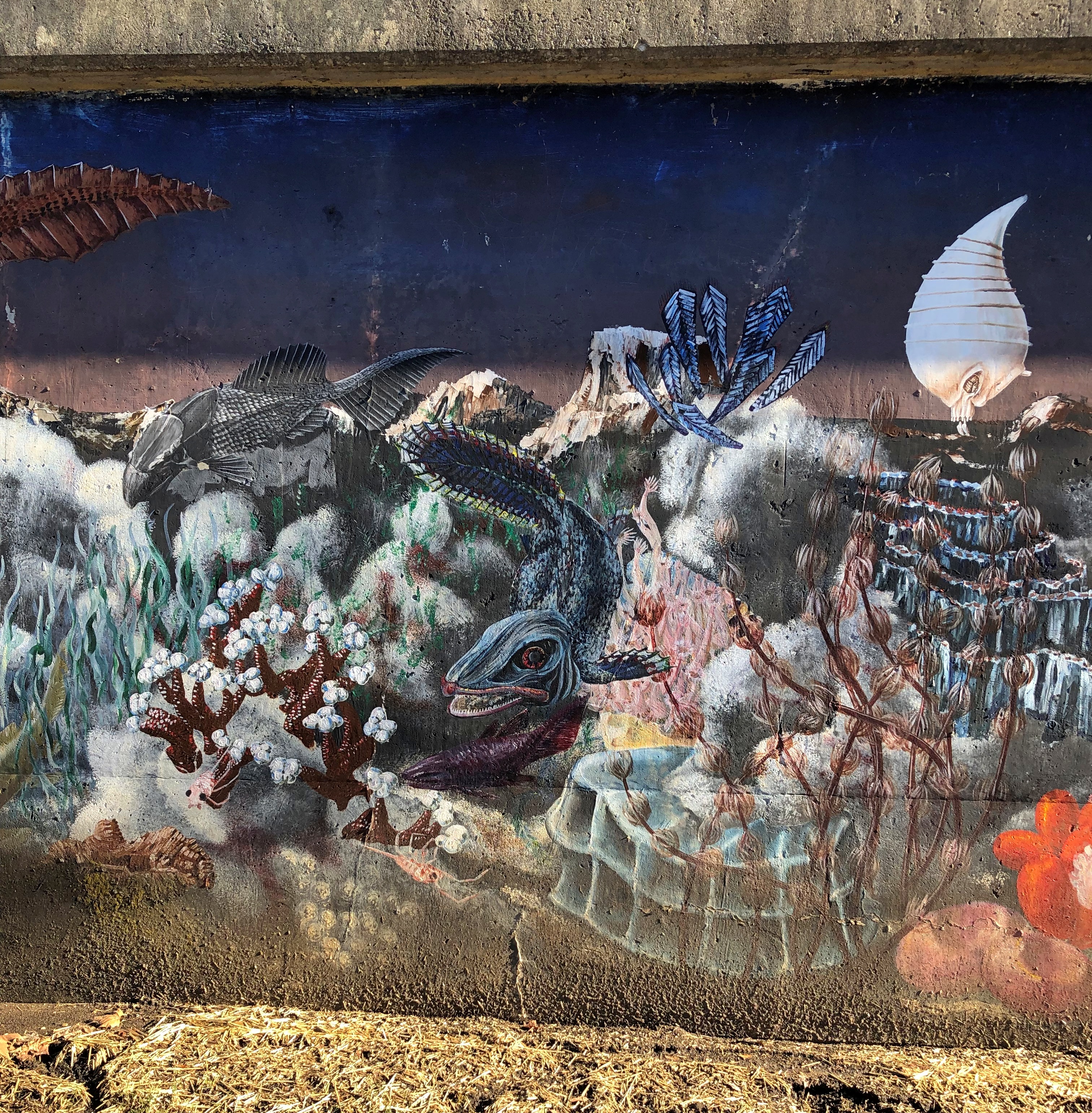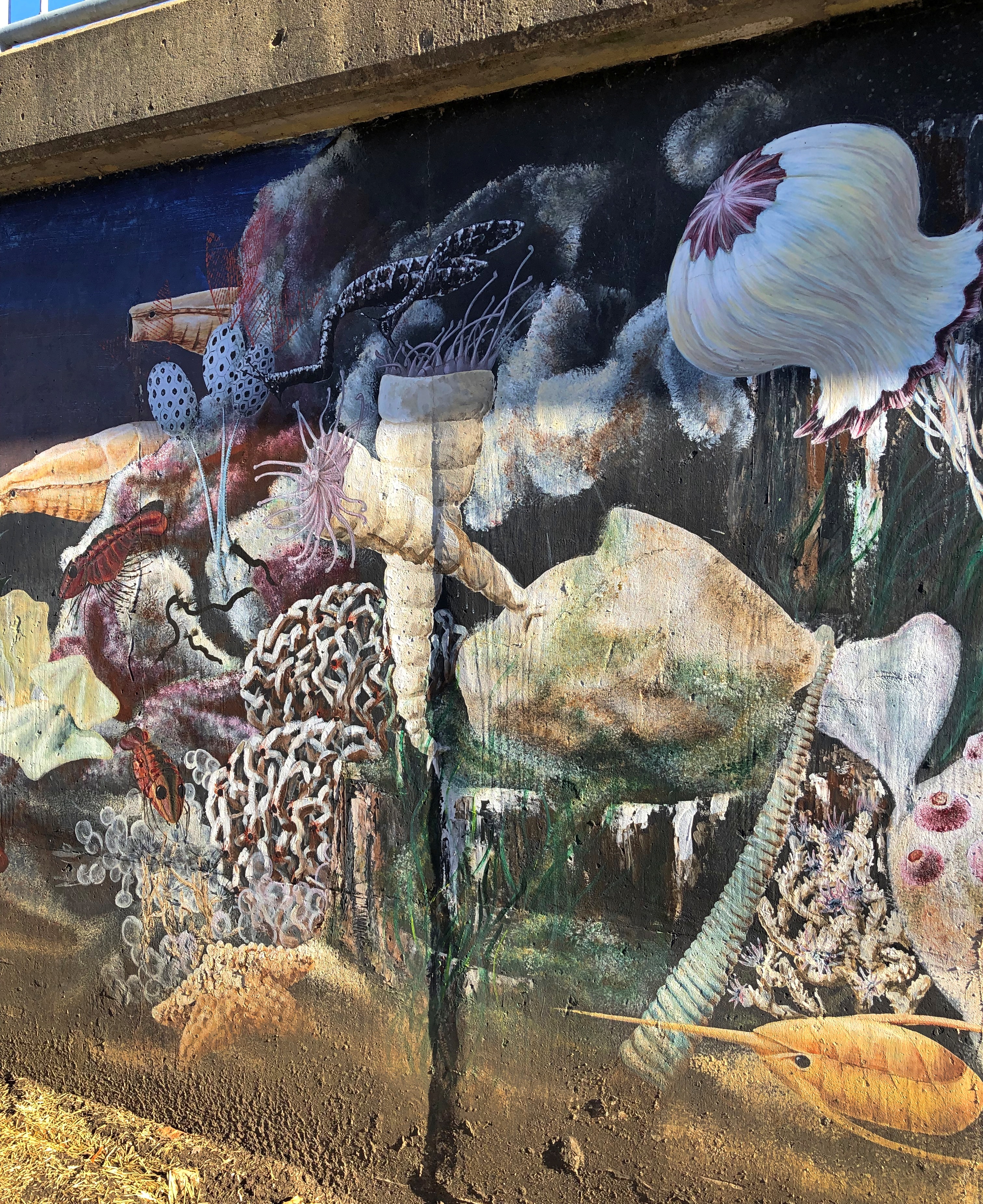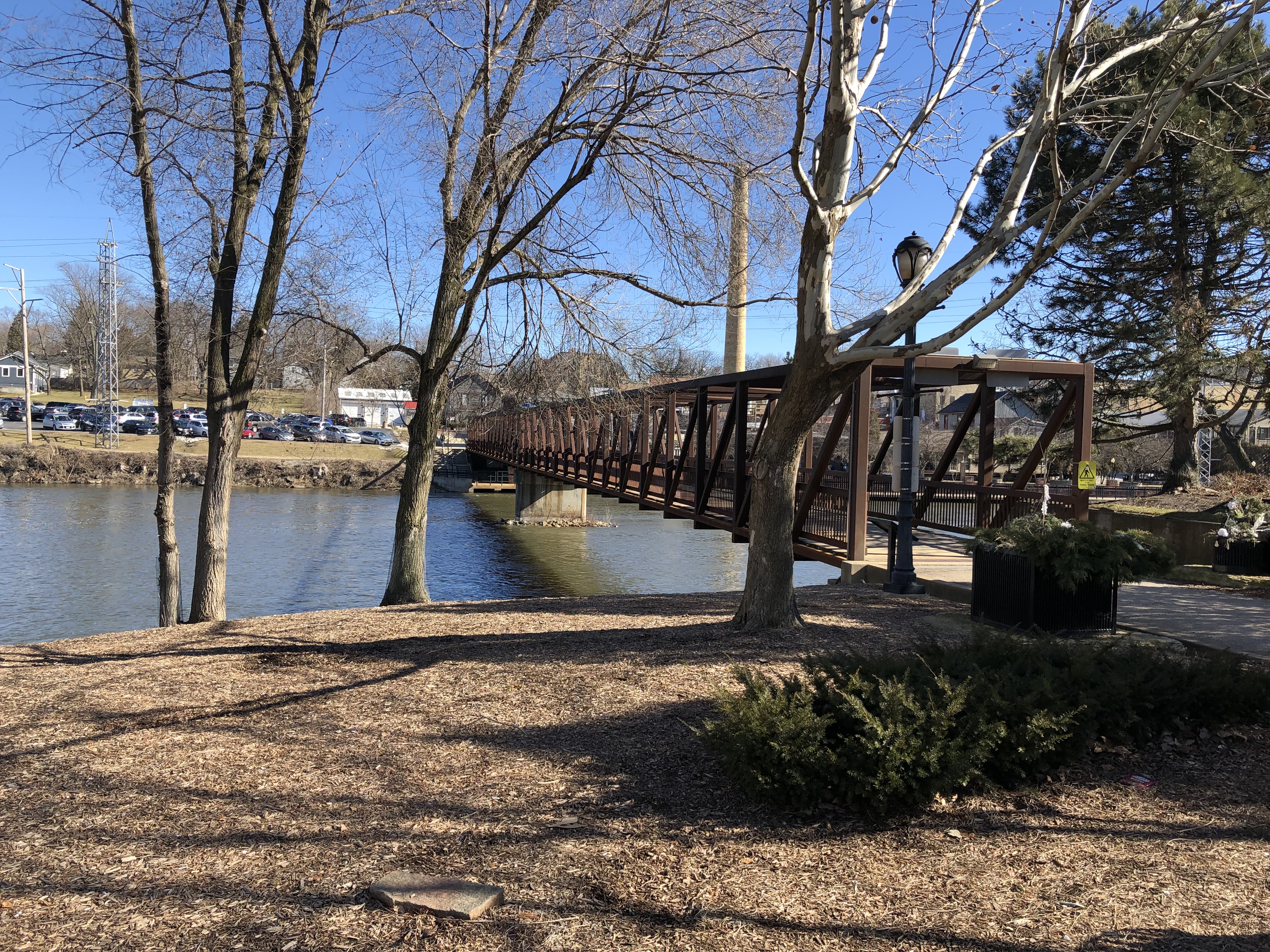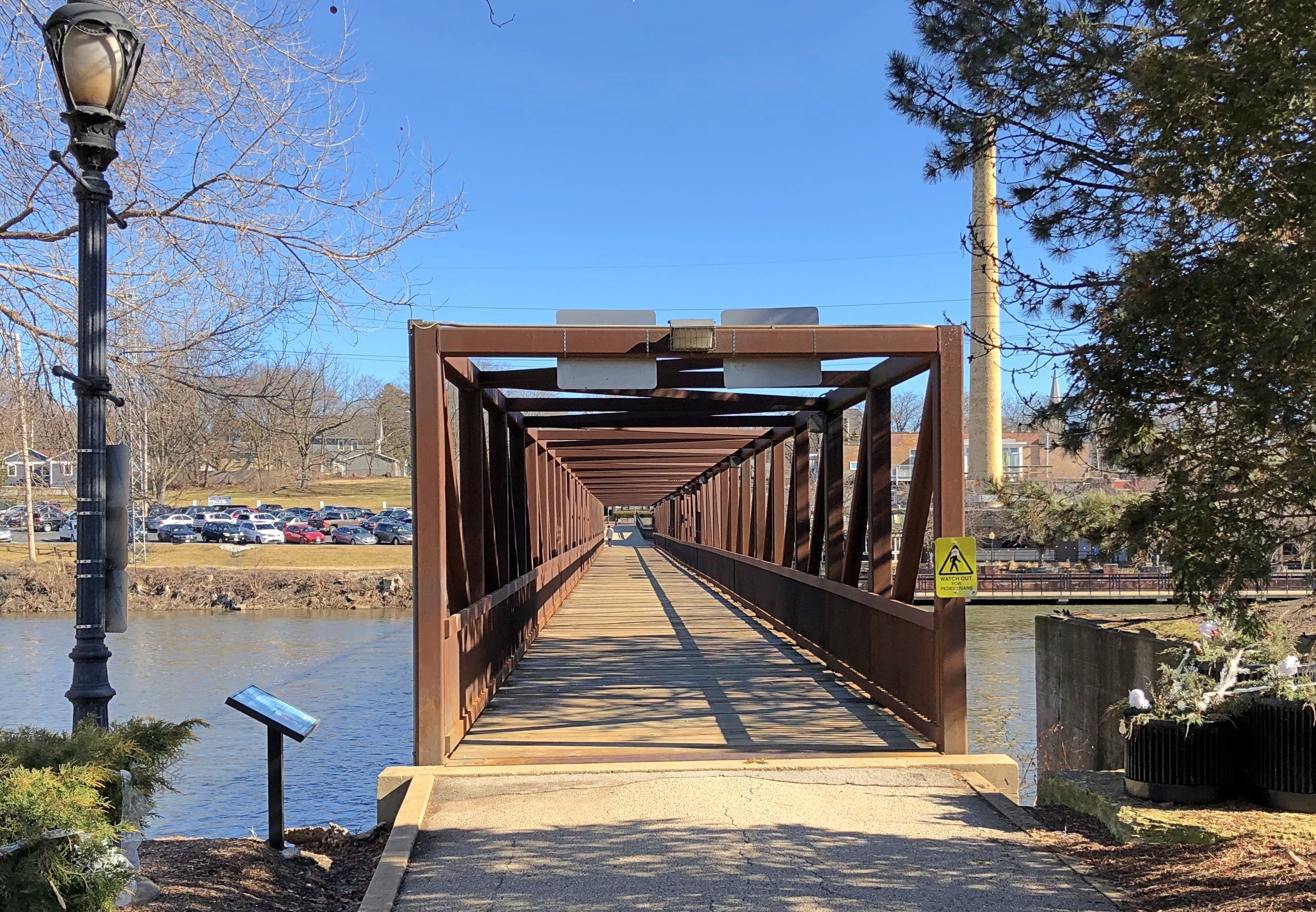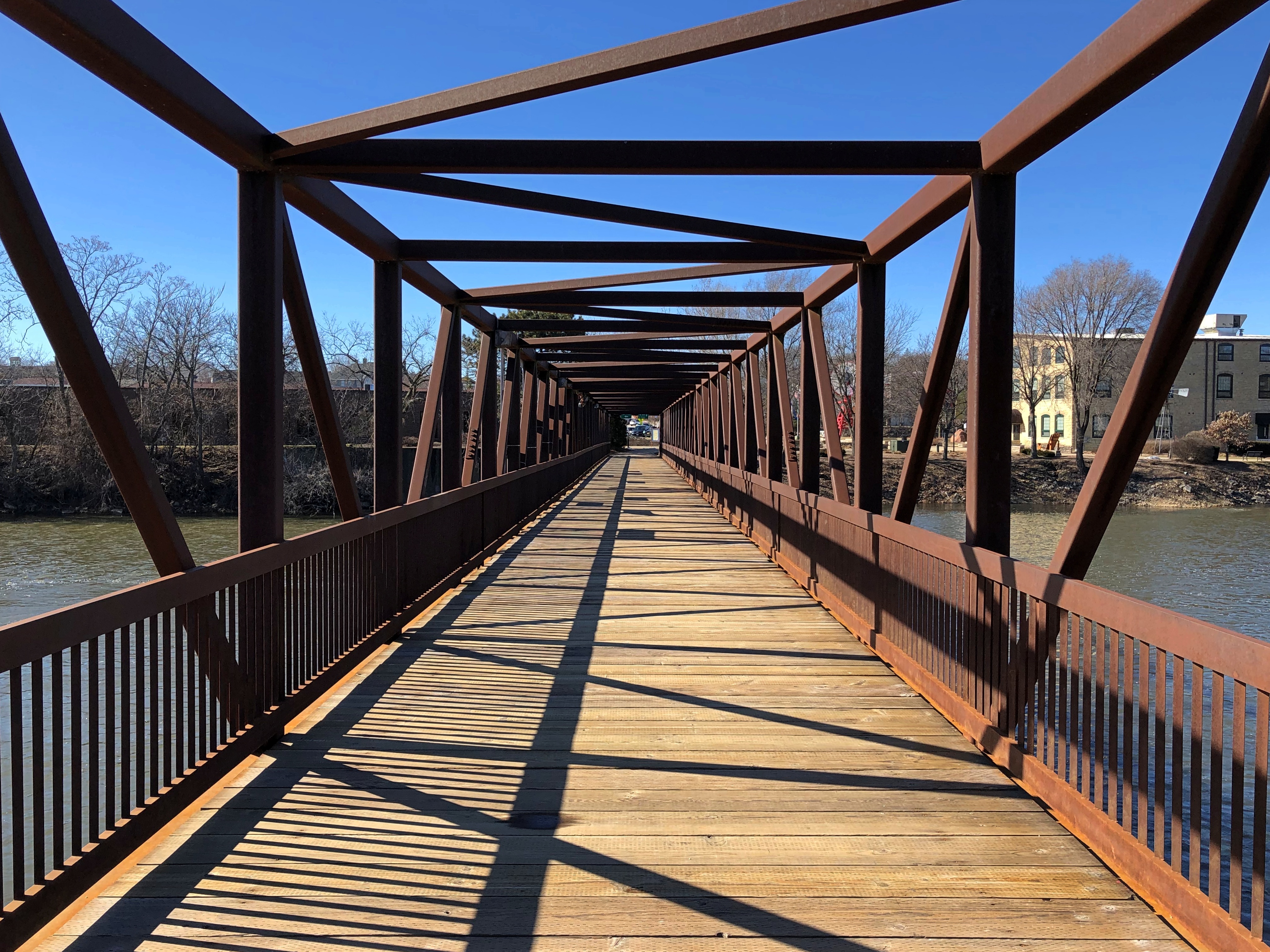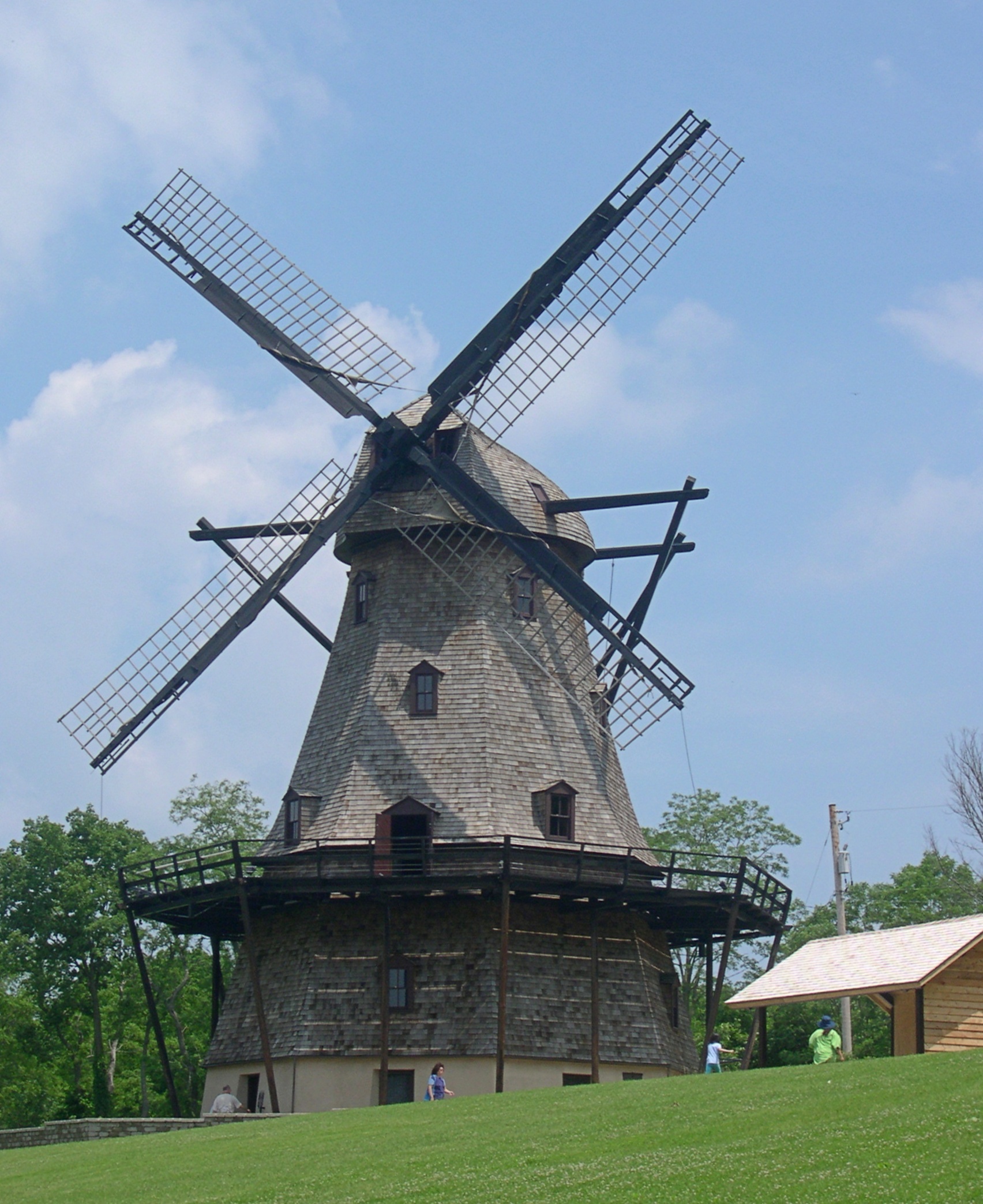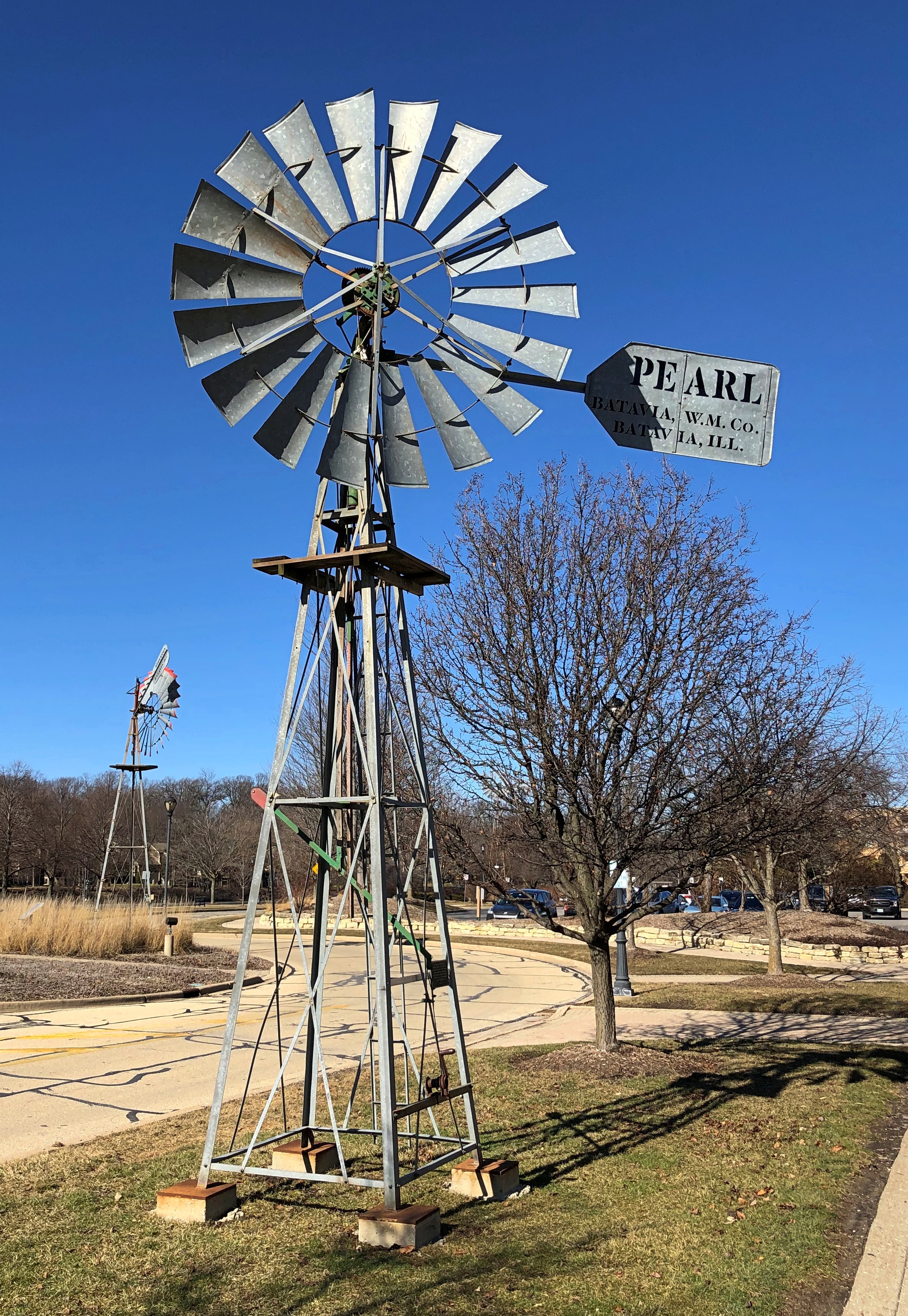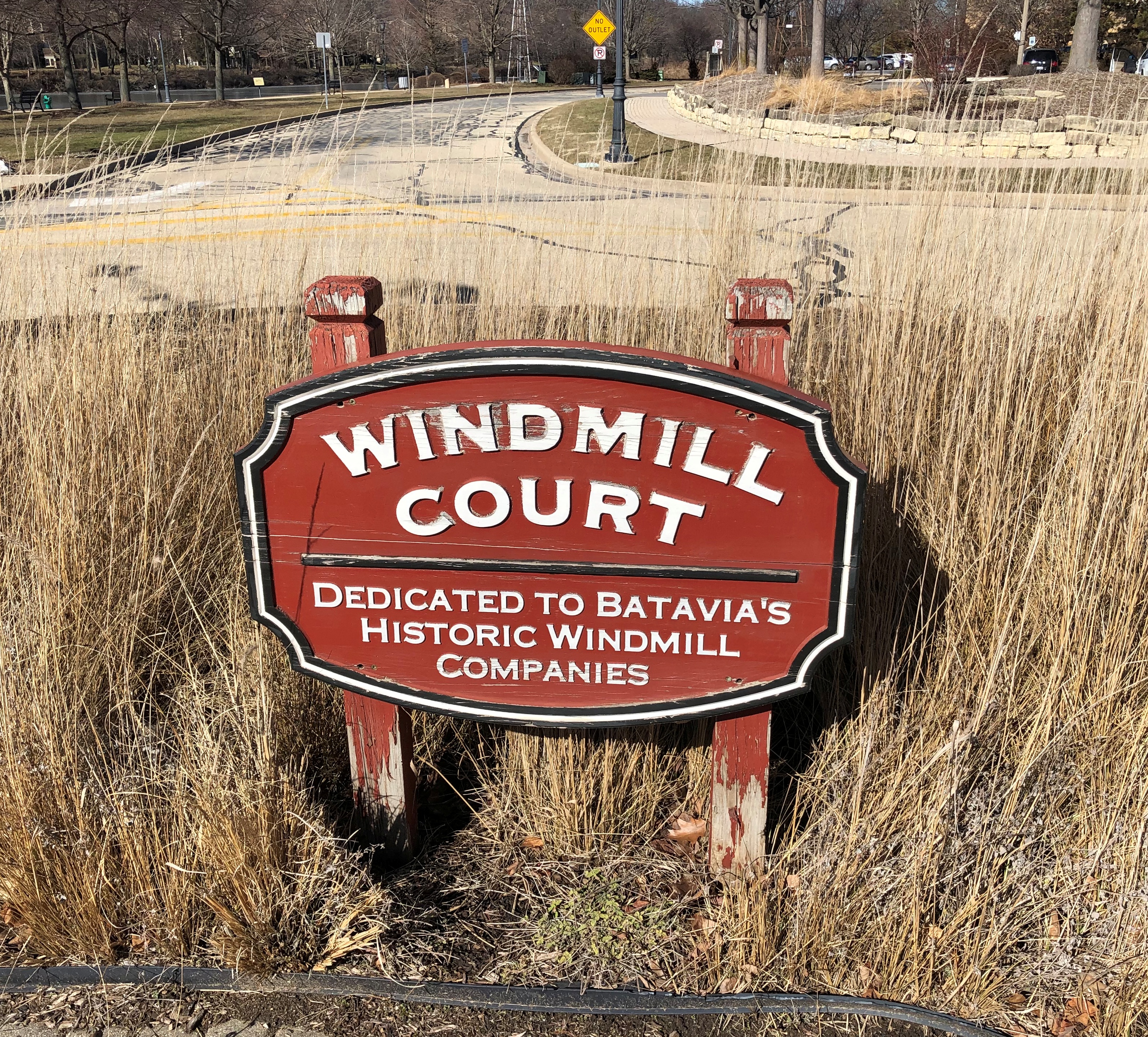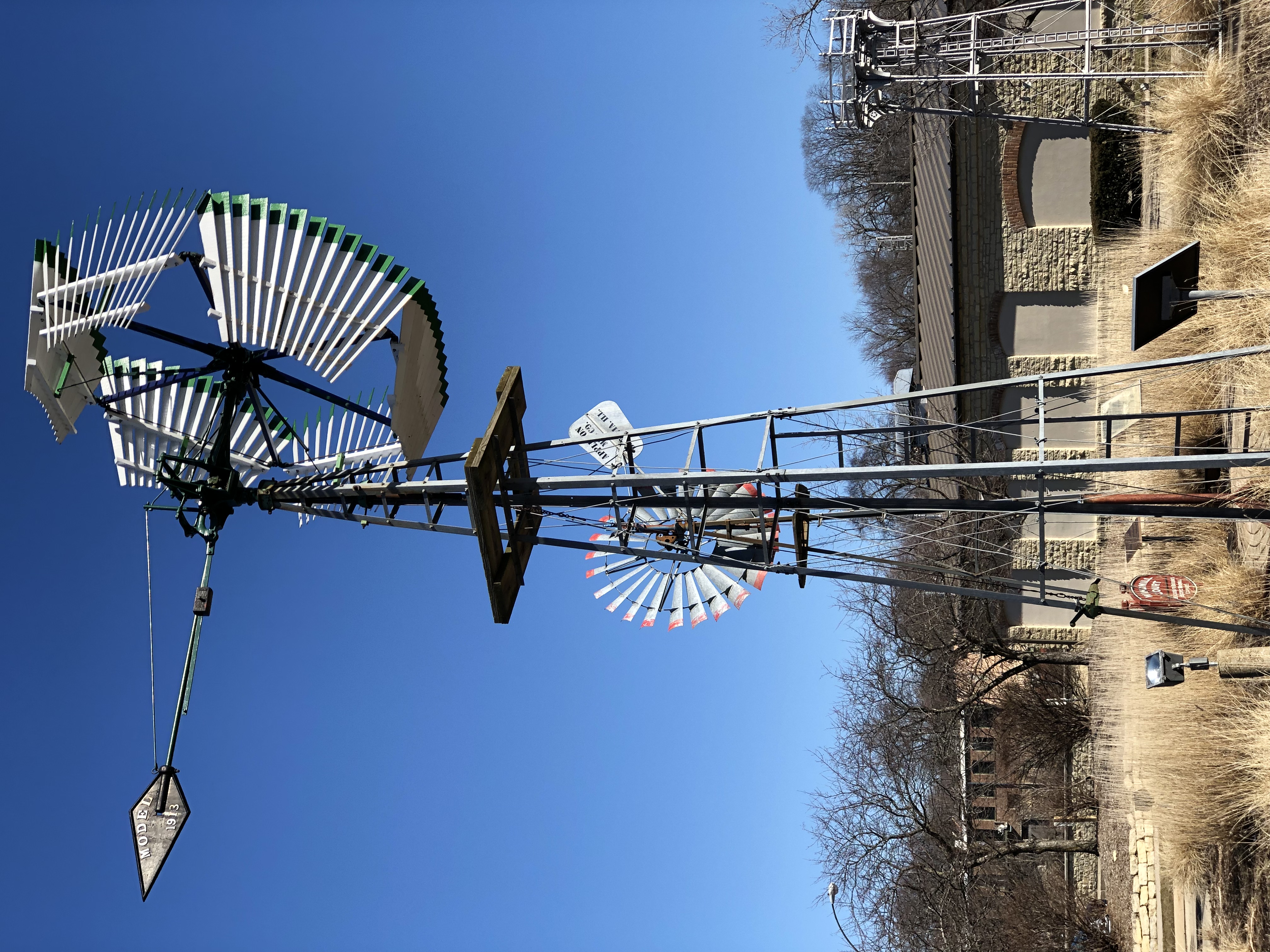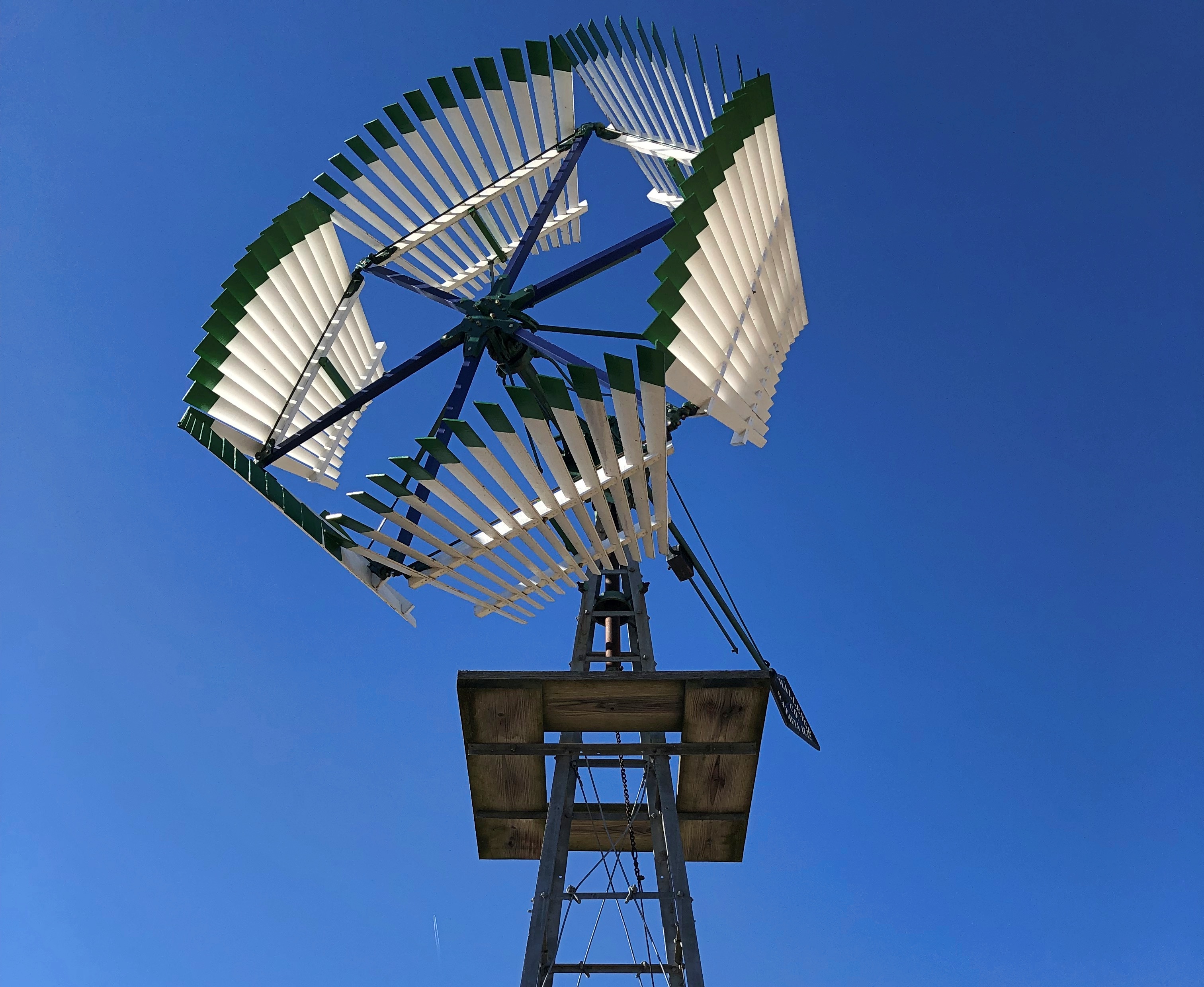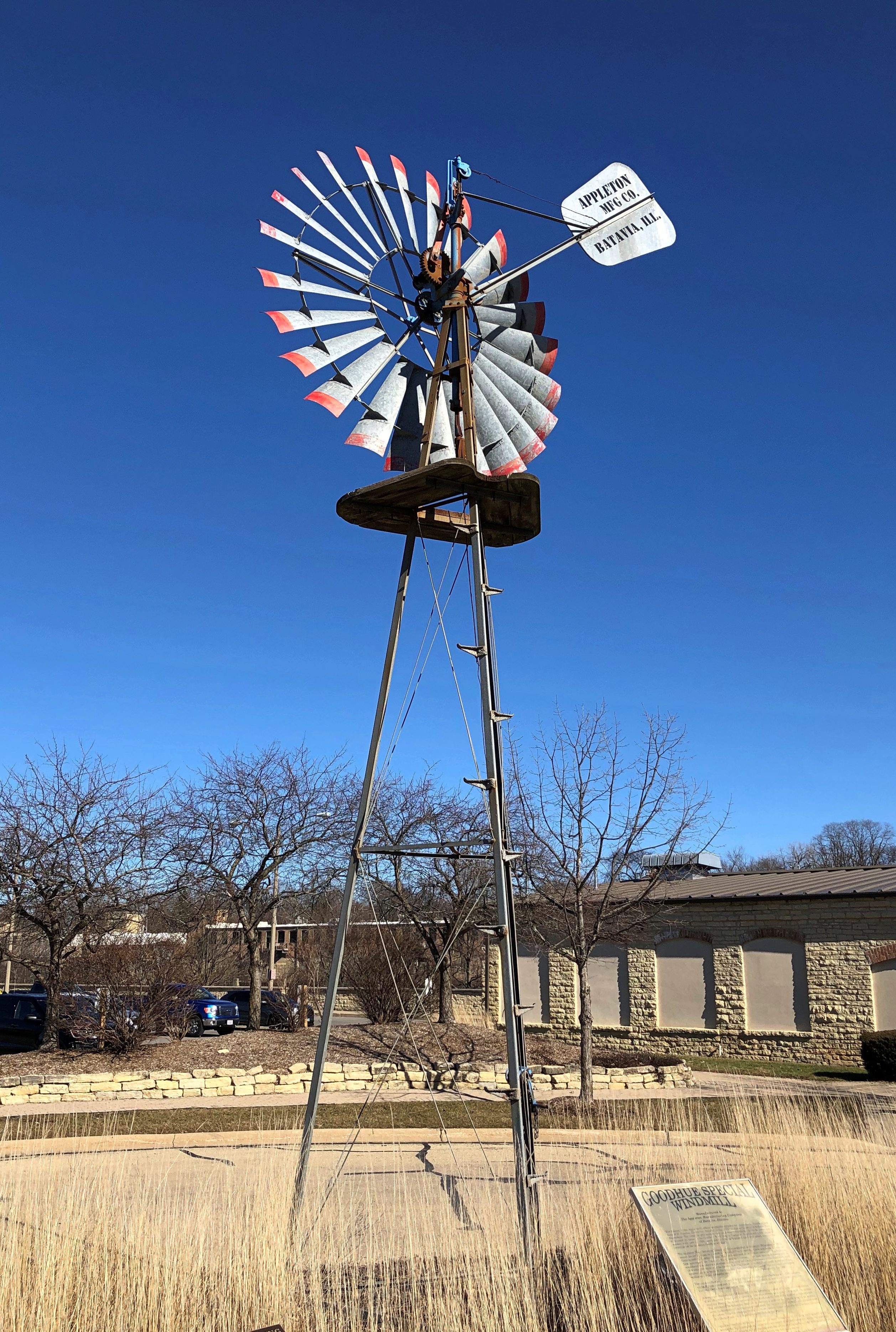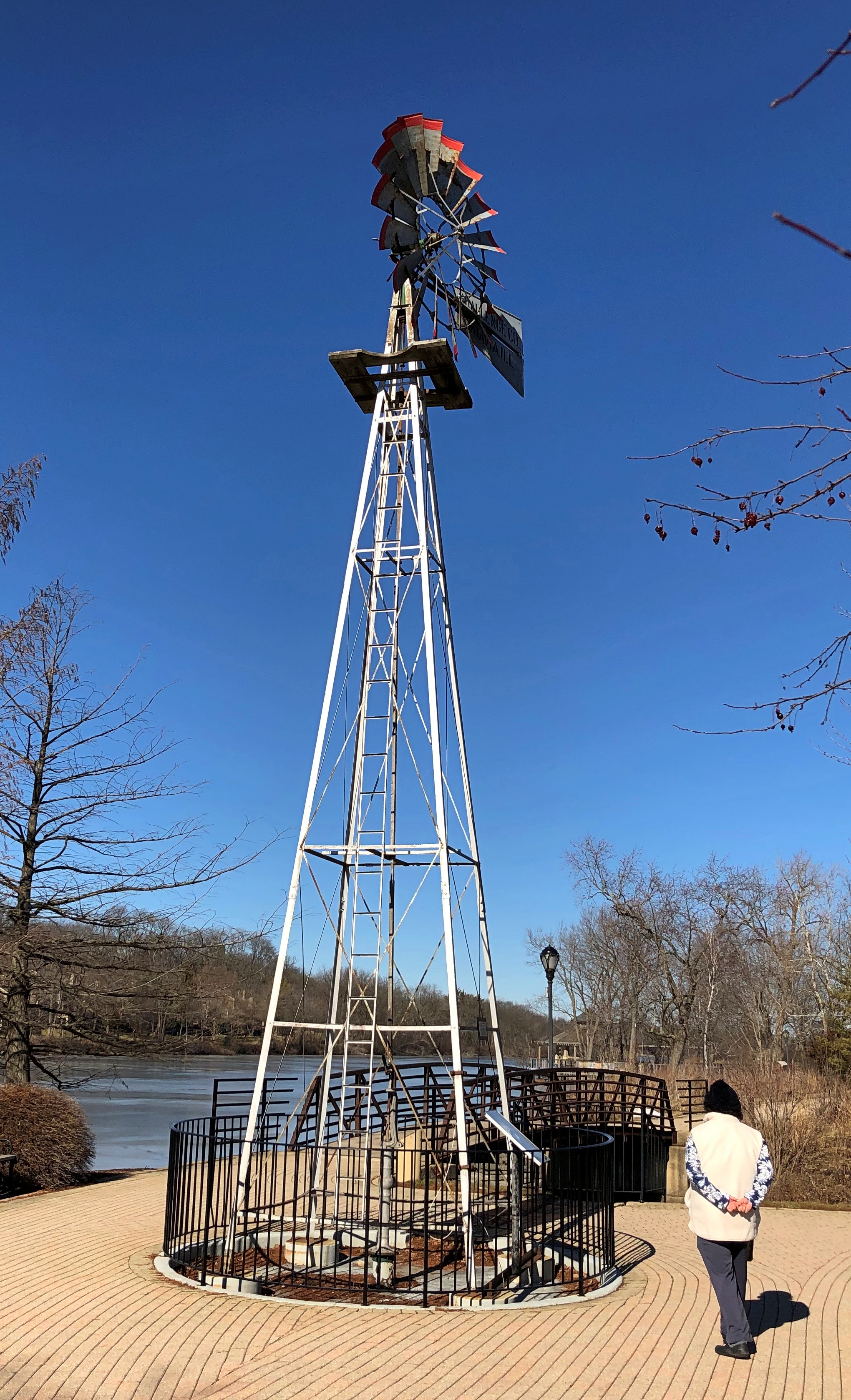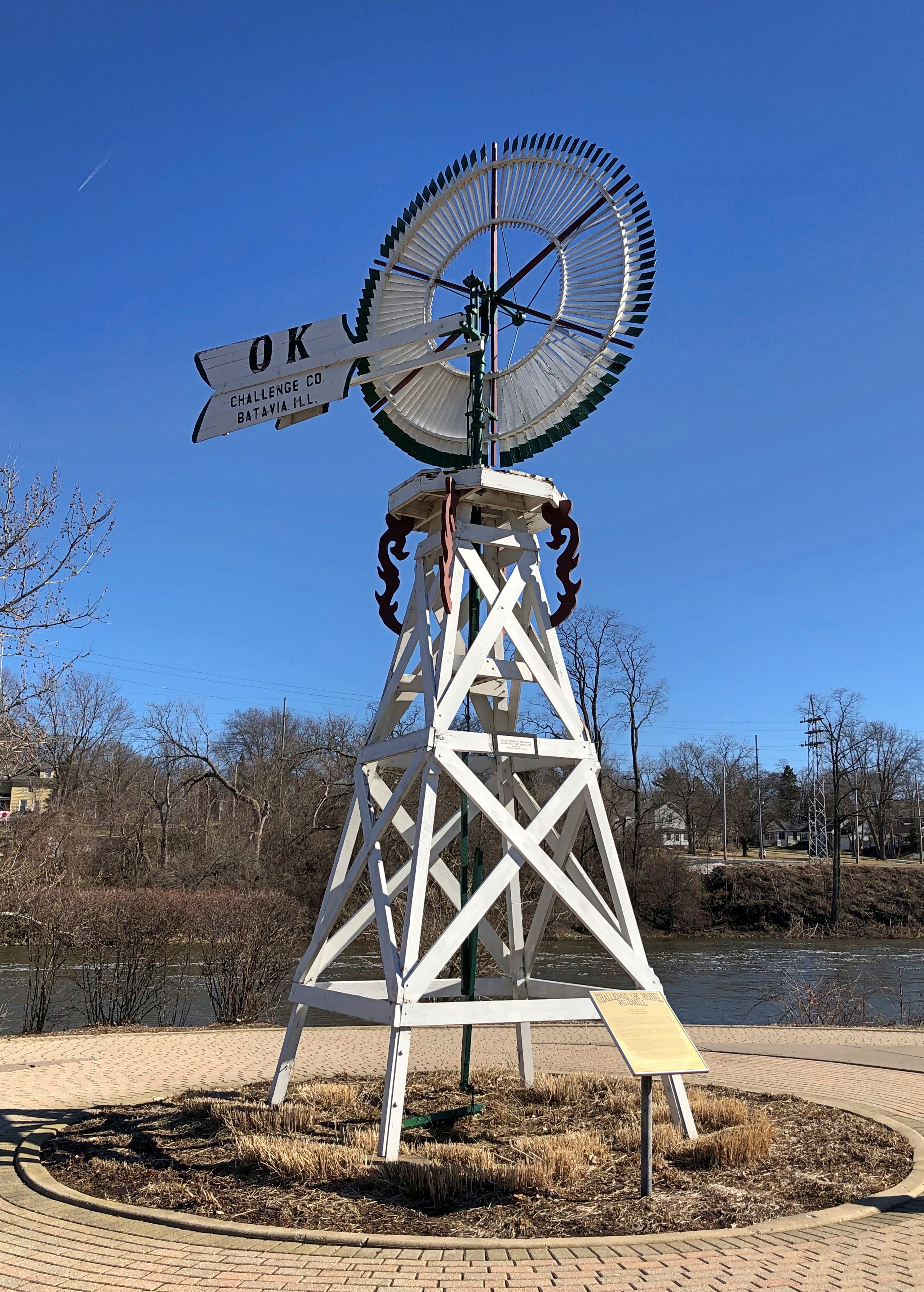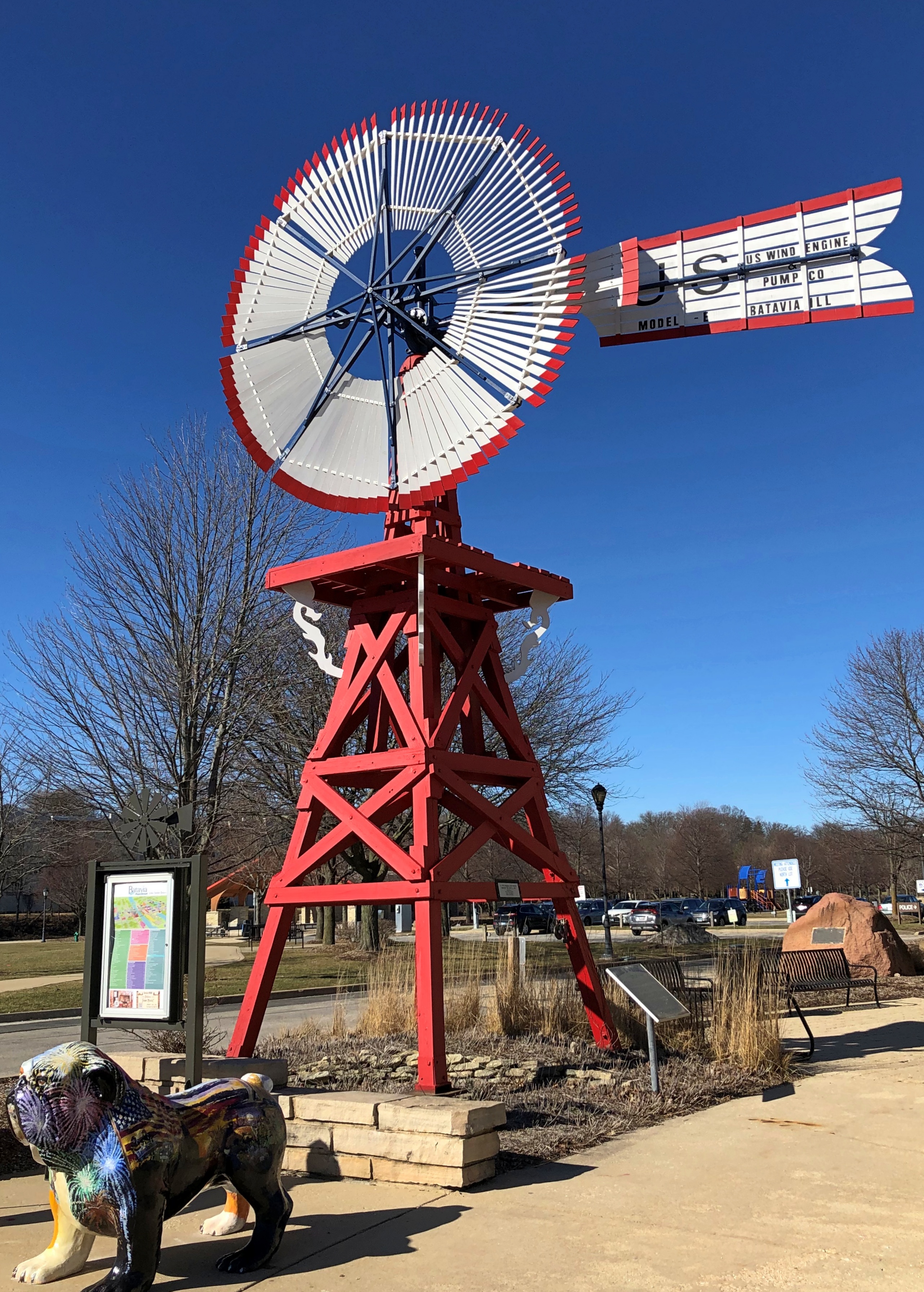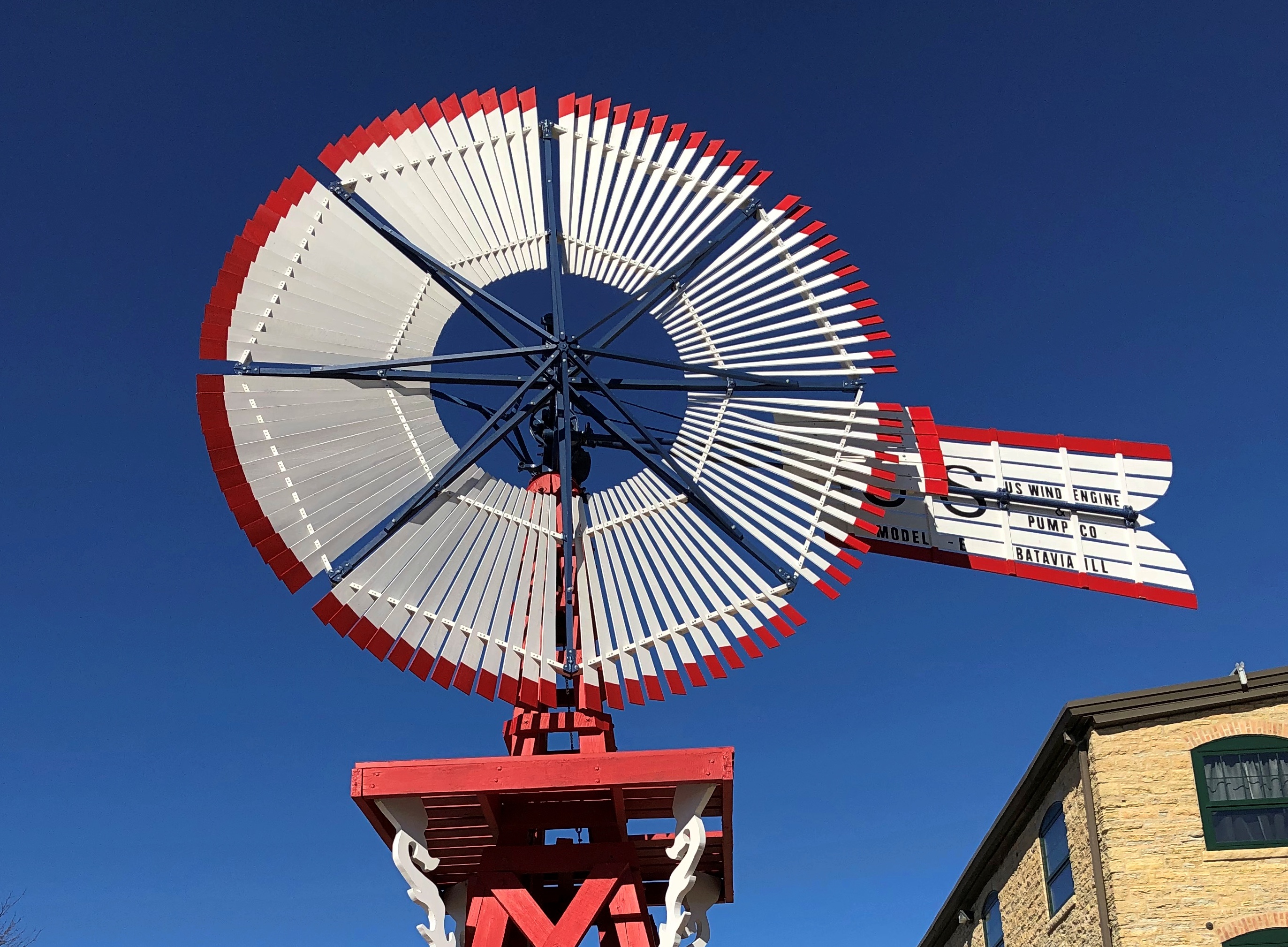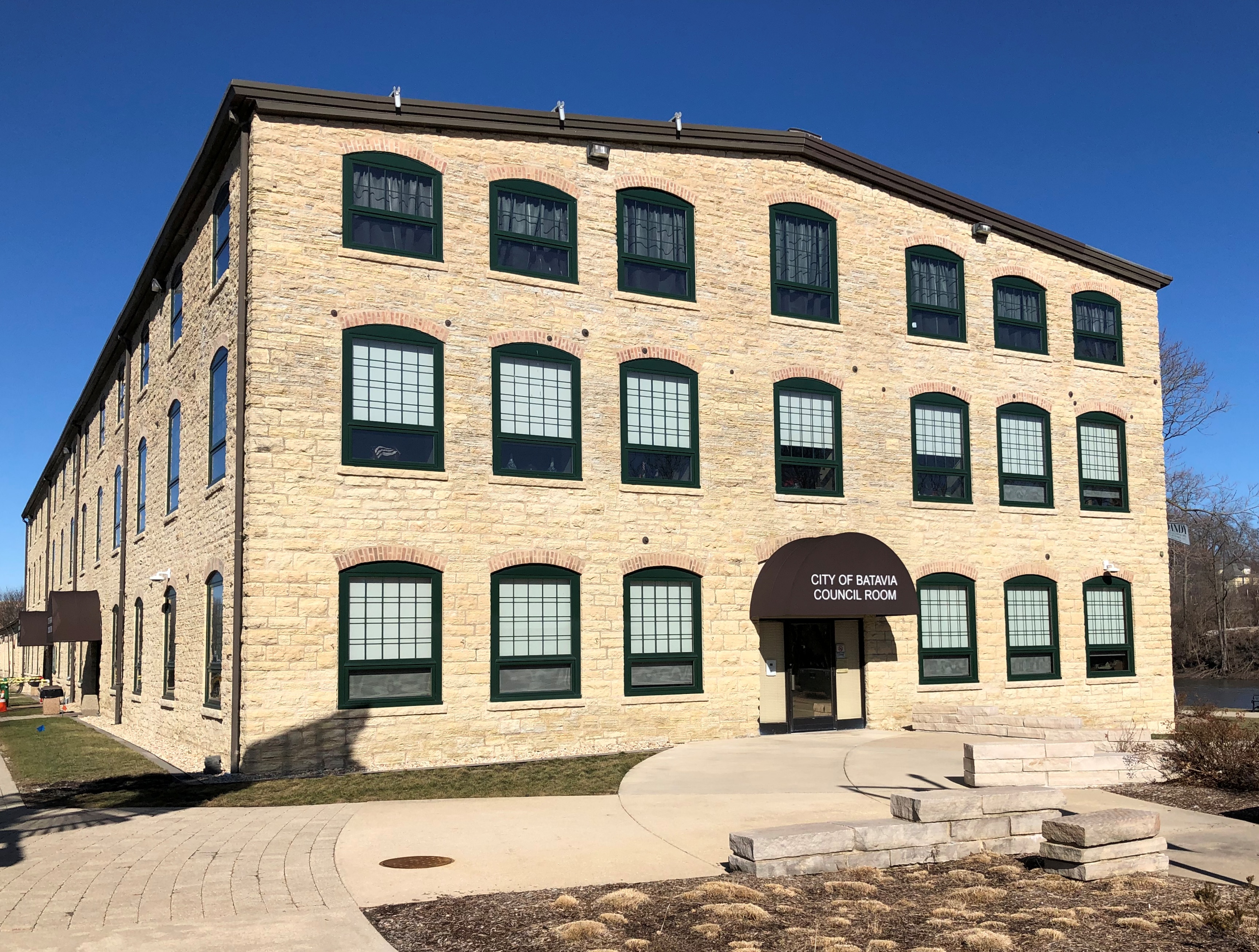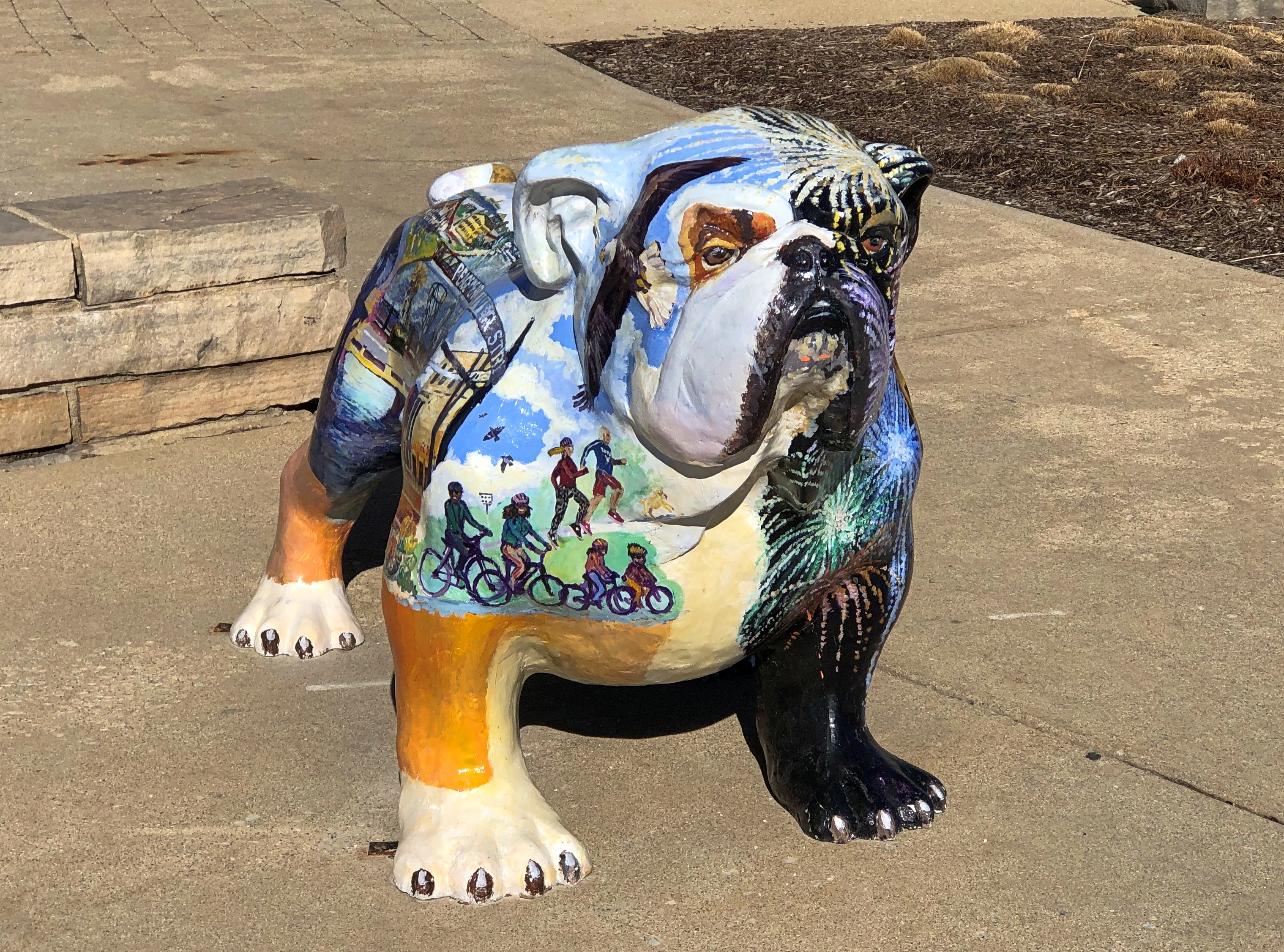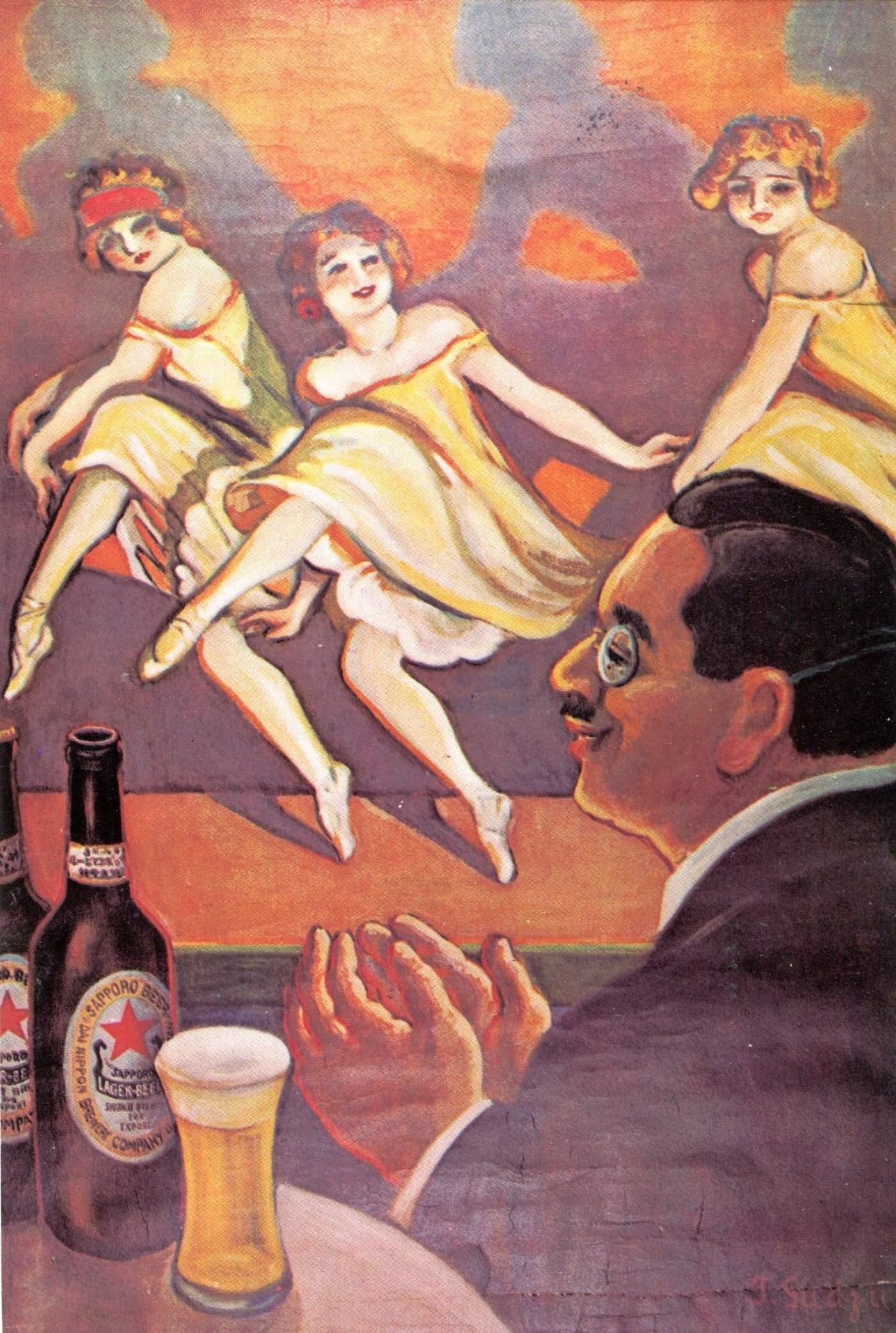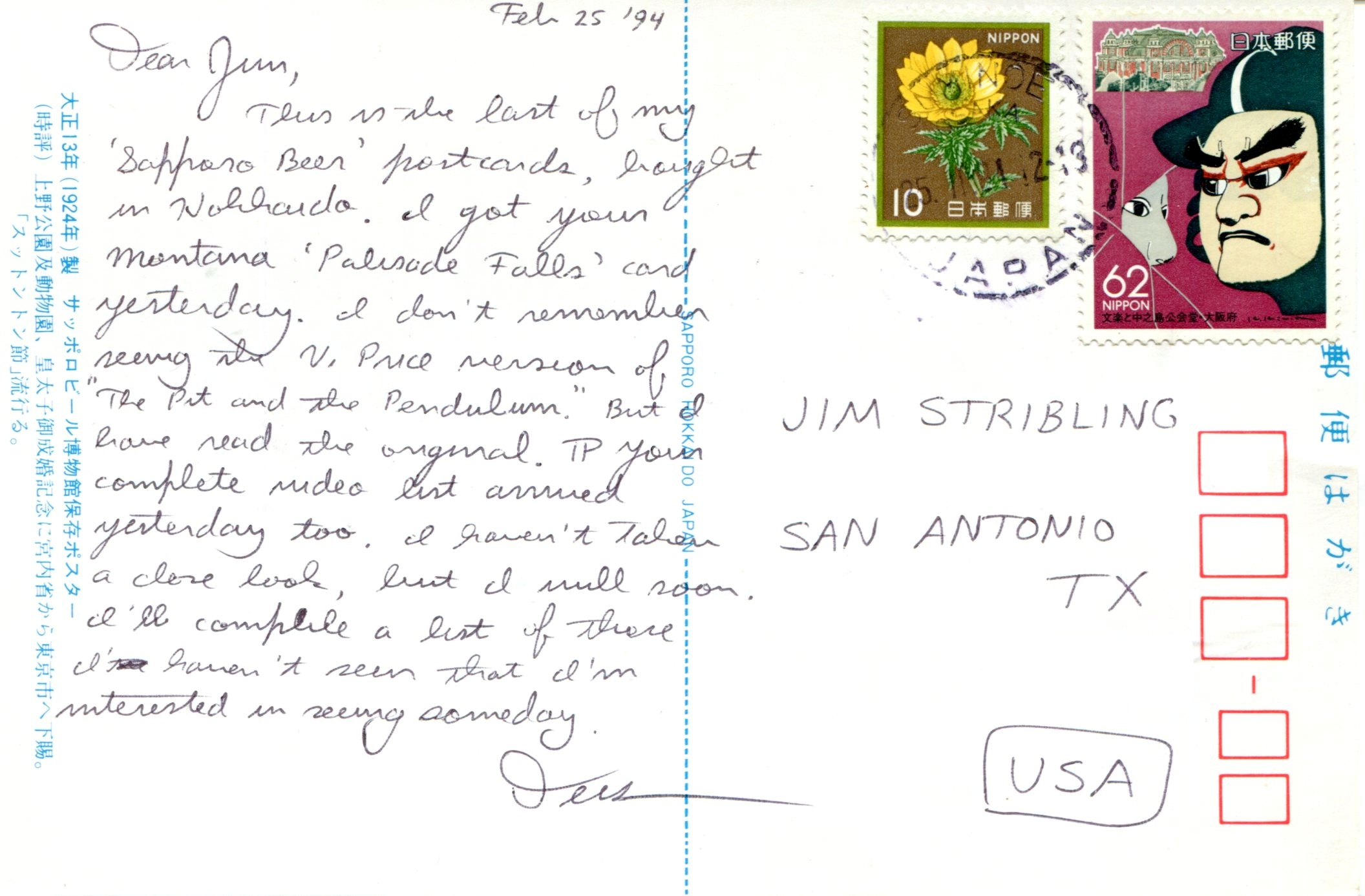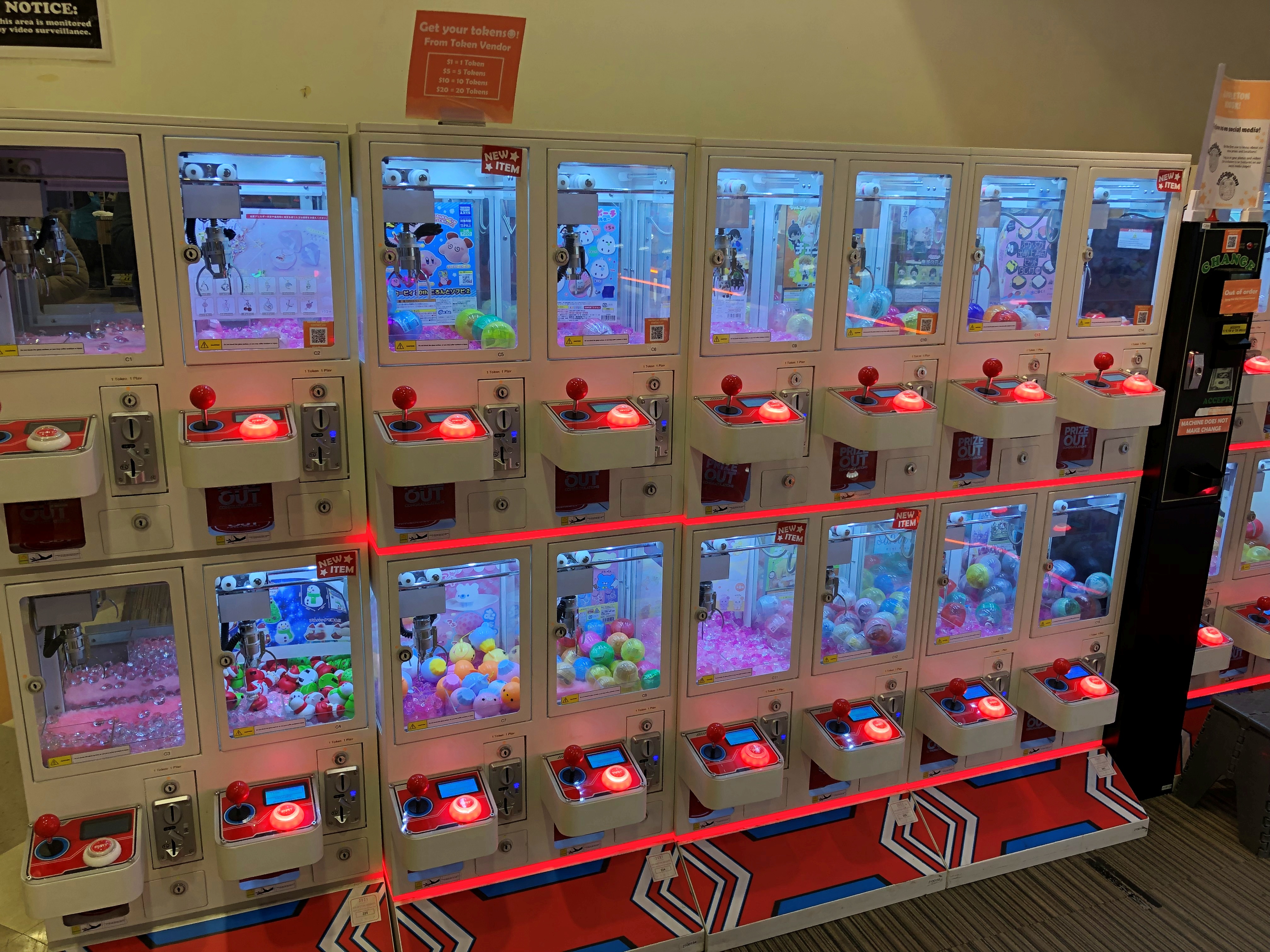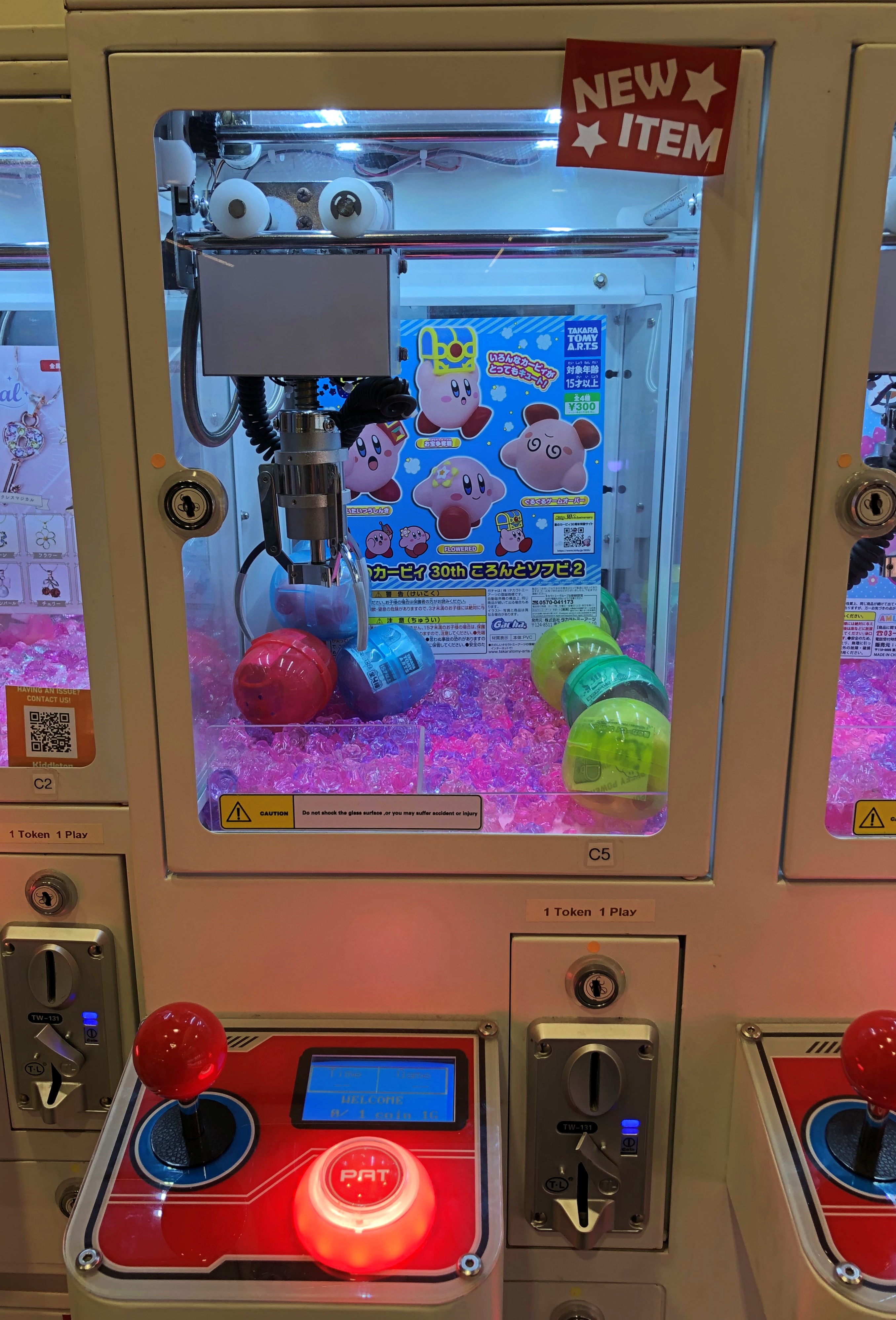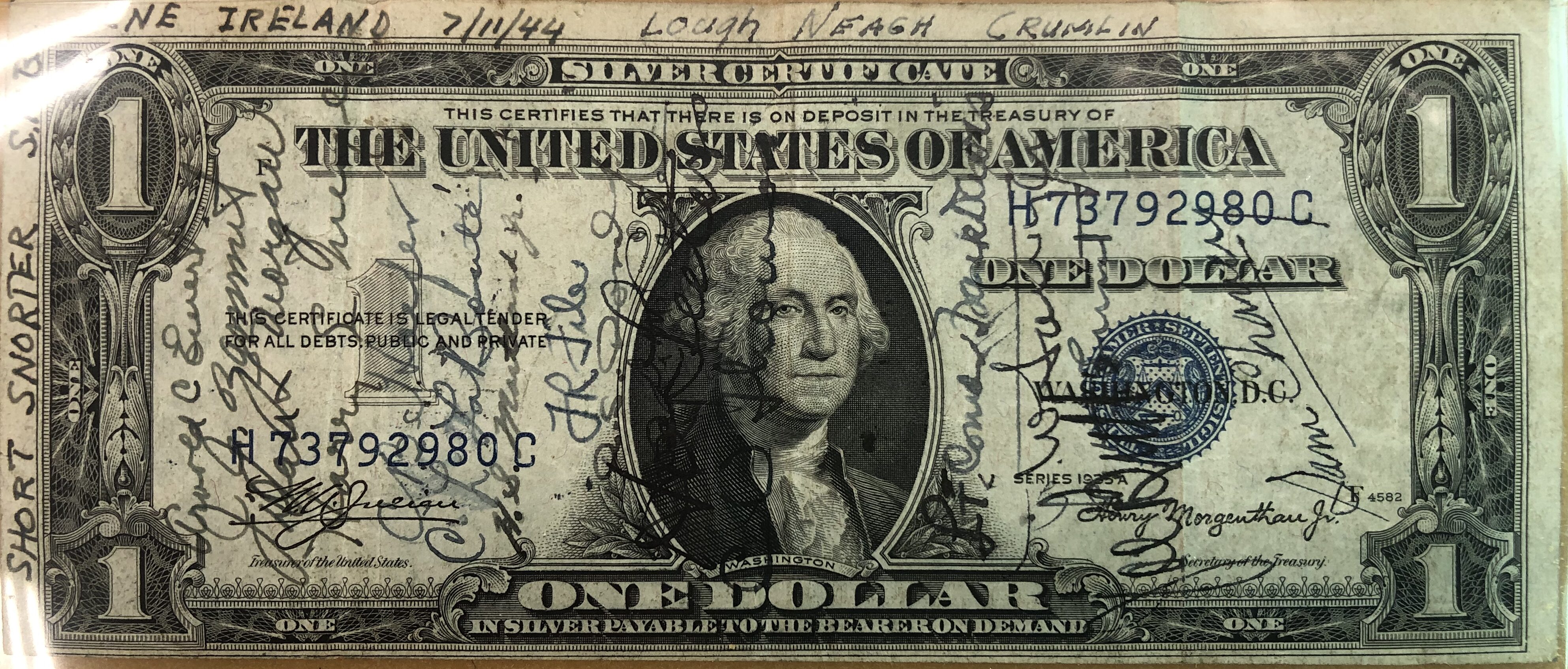Not long ago, we noticed Mochidou, a pastry shop in Hoffman Estates, Illinois. How that happened involves a change of veterinarians from a few years ago.
Once upon a time, we took the dog to a nearby practice that included a husband-and-wife vet team who had good bedside (kennel-side?) manor. Then about three years ago, they moved on at about the same time as a soulless chain of veterinary practices acquired the location. This new owner – let’s call it Three Initial Animal Care – soon showed its true colors when the dog acquired a snout infection in the summer of 2020.
Things were looking bad, and during a consultation by phone (these were high pandemic days, remember), whomever had replaced the competent married couple prescribed medicine we couldn’t get the dog to eat. Then the infection spread to one of her eyes. Later, the new vet saw the dog in person, while I waited in the car, and she seemed just a little too eager to fob us off on a specialty hospital, which also happened to be part of the chain.
After some expensive tests at said hospital, no cause could be determined. Could have been a virus. Or bacteria. Or a fungus. Nevertheless, the specialist there said we could proceed with very expensive surgery to try to fix things. As fond as we are of our old dog, we determined at the point that she was either going to live or not, without further intervention.
She lived. And lives to this day, with more energy than you’d expect from a dog around 13 years old. The infection destroyed her right eye, and she sneezes more than she used to, which seems to be a permanent result of the snout damage. She might also have a diminished sense of smell, which I suppose would be worse for a dog than losing some eyesight. But she doesn’t complain, and more importantly, has a vigorous appetite, and still barks at passersby, lolls around on the floor, begs for food, and does all the other dog things dogs do.
In early 2021, we decided to find a new vet, and so we did, a fellow with a solo practice in Hoffman Estates. We like him, and I believe he gives good advice.
The last time we took her to see him, we noticed that Mochidou had opened in the same strip center. Seems to be the only one of that name (so far). It sells mochi doughnuts — that is, a fusion of Japanese mochi and American doughnuts.
Last week, I was in the vicinity on non-dog business, and bought a box. We gave them a try. Man, are they good.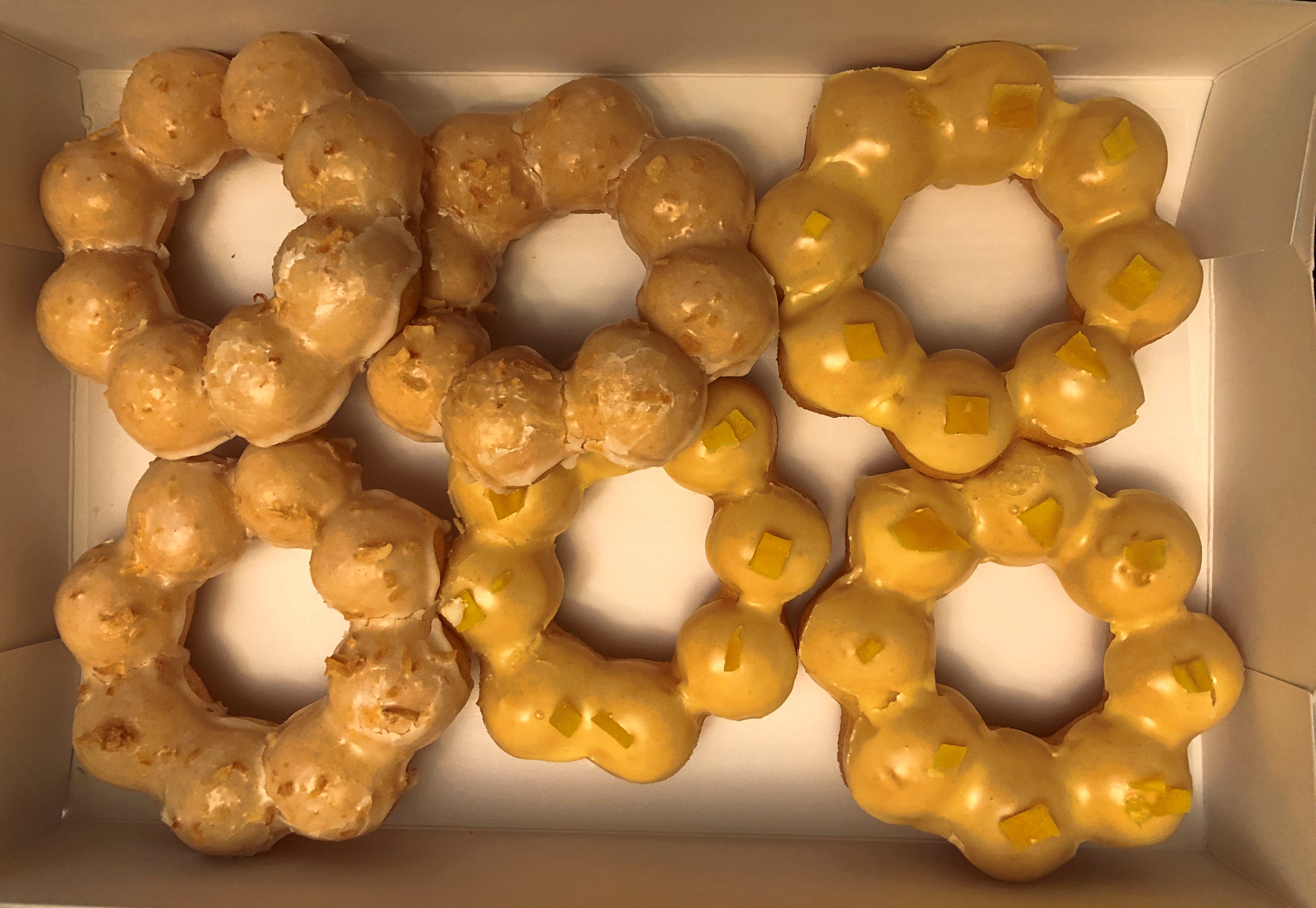
They aren’t as hyper-chewy as mochi, or as soft as a regular American (non-cake) doughnut, but in between. They aren’t as plain as mochi, or as sweet as a typical doughnut, but in between. Add to that a dash of flavor, mango in our case, and you have a wonderful treat.
“Enter the mochi donut: a donut trend that is sweeping across America due to its uniquely bouncy texture and naturally gluten-free qualities,” Thrillist reported in 2020. “The mochi donut has existed before its stateside debut, but was mostly popularized in Japan under the name ‘pon de ring’ from the donut chain, Mister Donut.”
(Mister Donut’s a post for another time. I’ve got some fond memories of mornings at the Mister Donut across the street from Nagai Koen Park in Osaka, savoring the fine doughnuts, refreshing milk tea and the incongruous rockabilly soundtrack.)
Mochidou’s confections are probably made of tapioca flour, since glutinous rice flour would end up chewier, but I didn’t ask about the ingredients, and box didn’t say. Note that they are rings of eight attached dough balls. An elegant design that makes it easy to share.
Only one gripe: they are expensive. A half dozen sells for about $16. Hipsters in high-rent urban settings spurred along to the next gustatory experience by FOMO might not consider that pricey, but we suburbanites — who take what comes — do.
